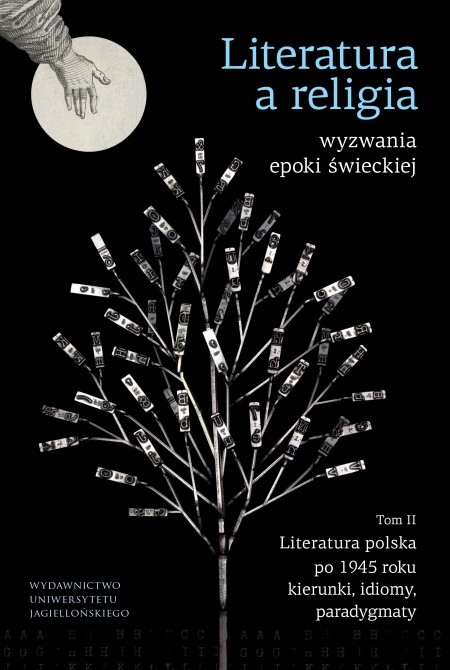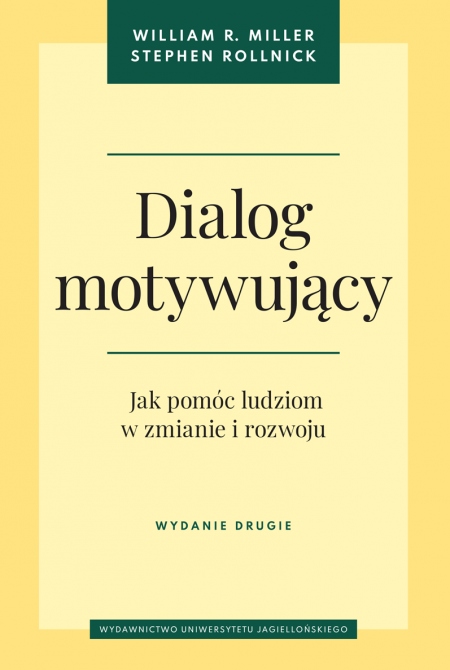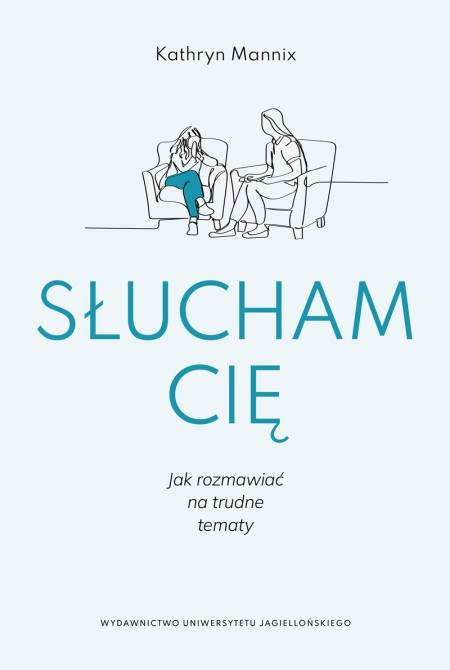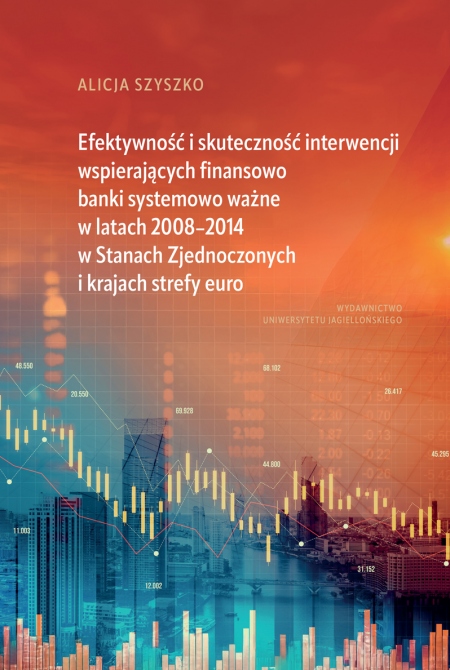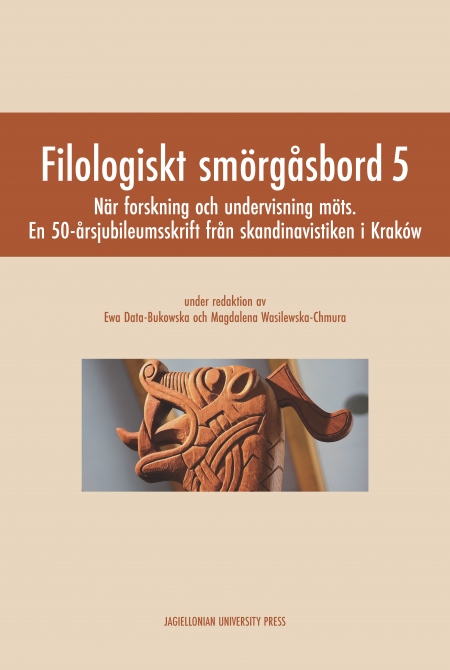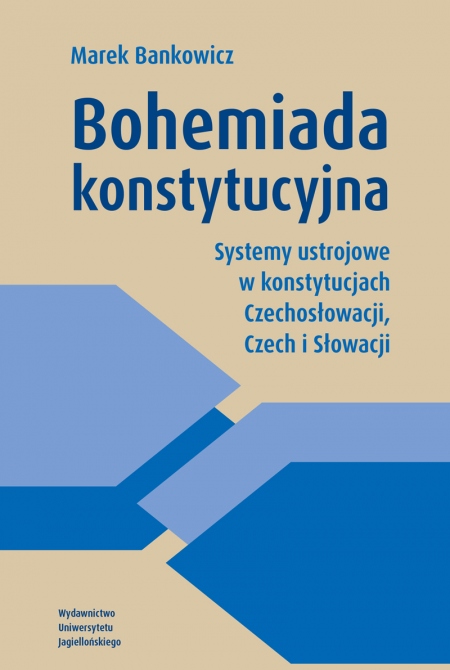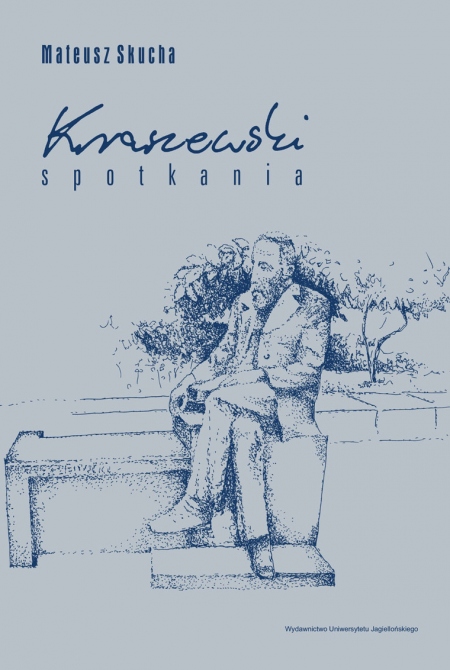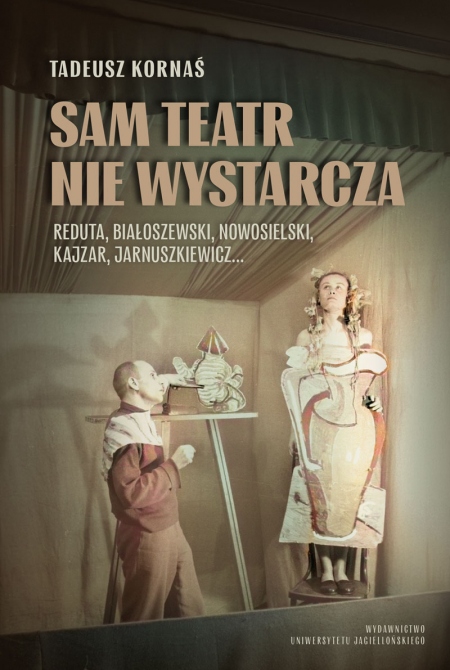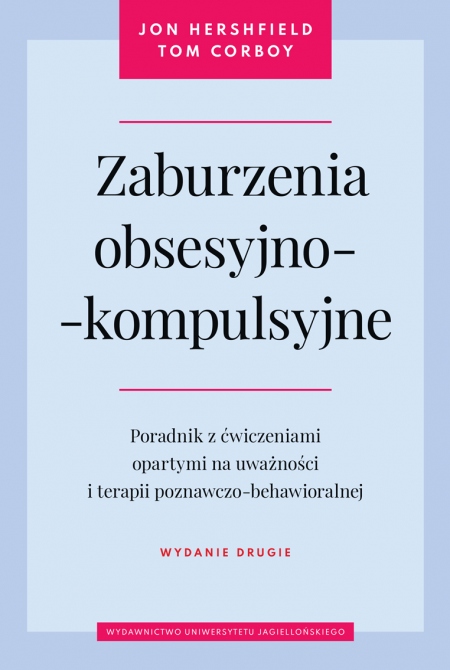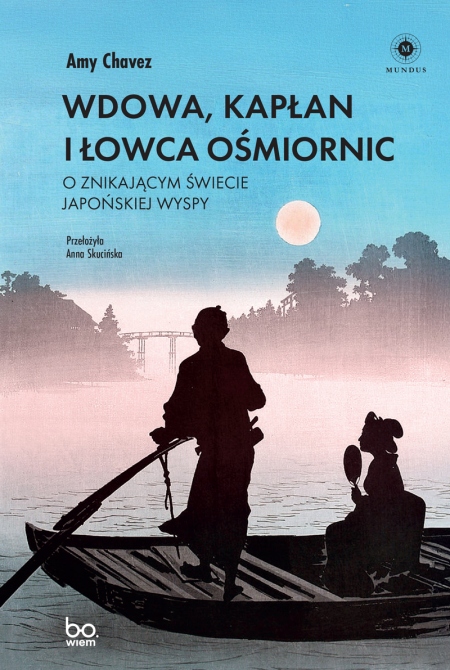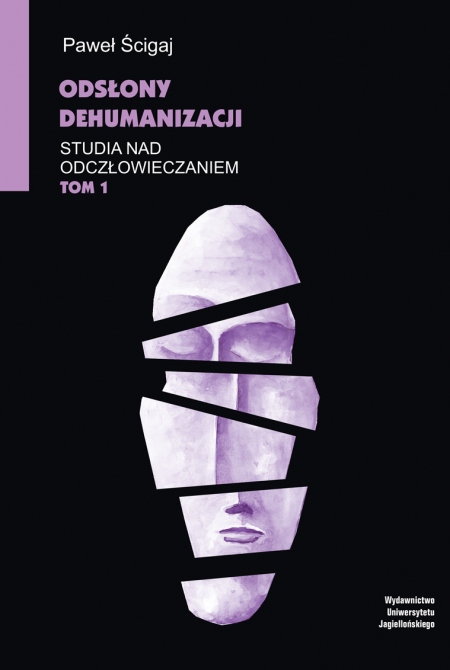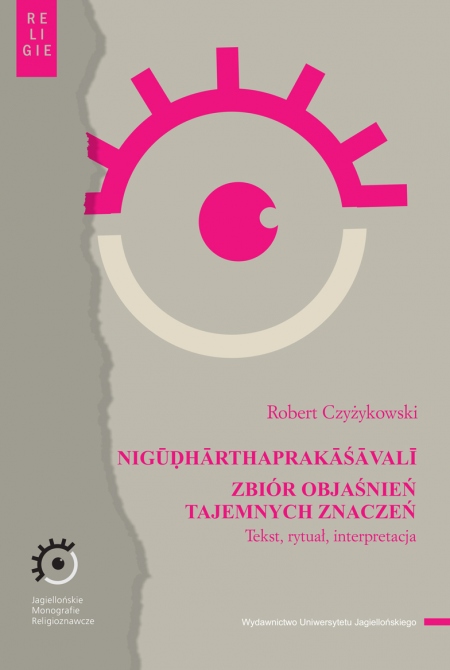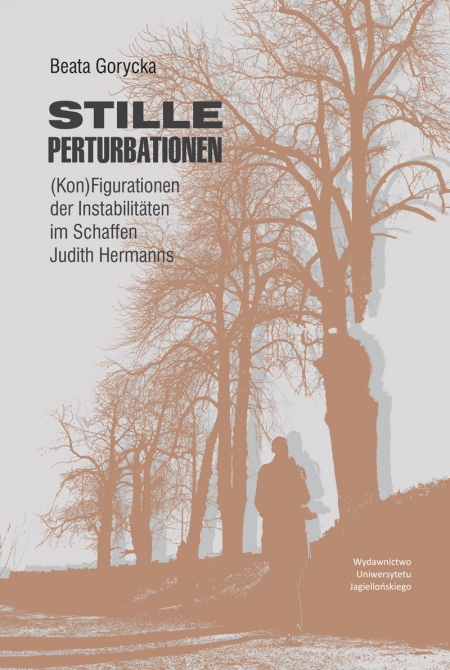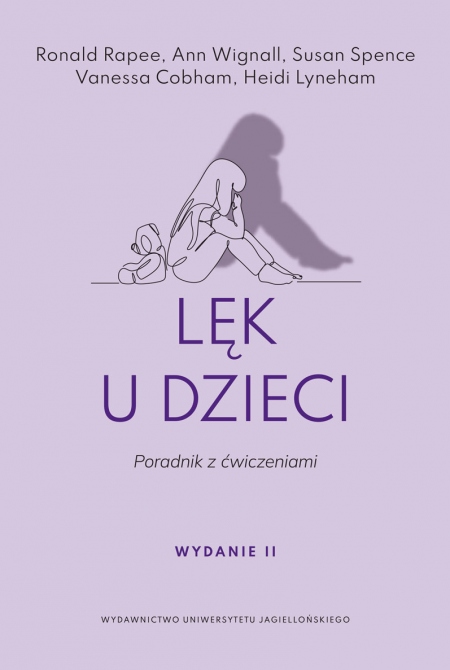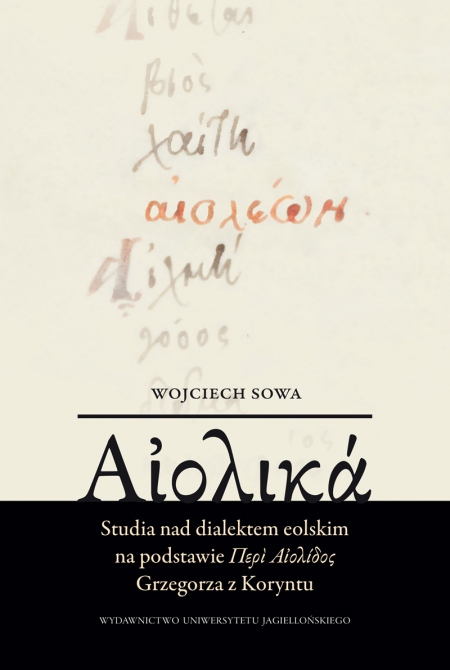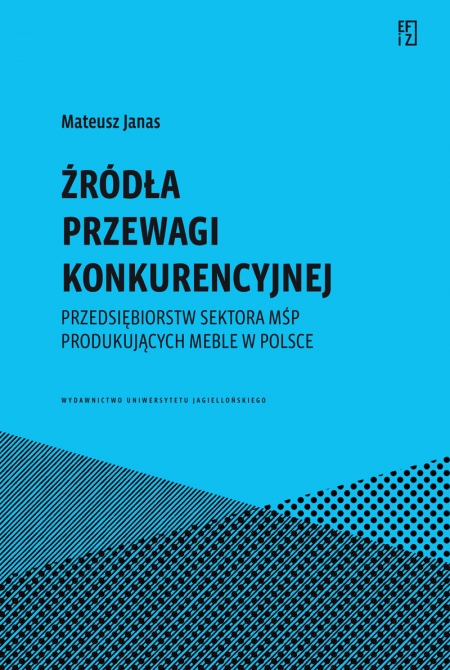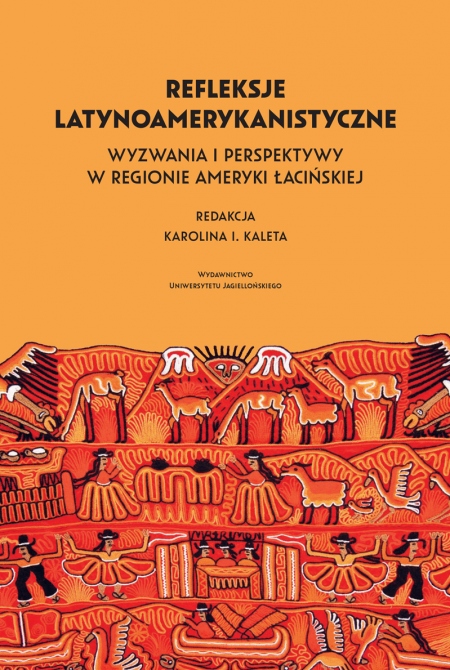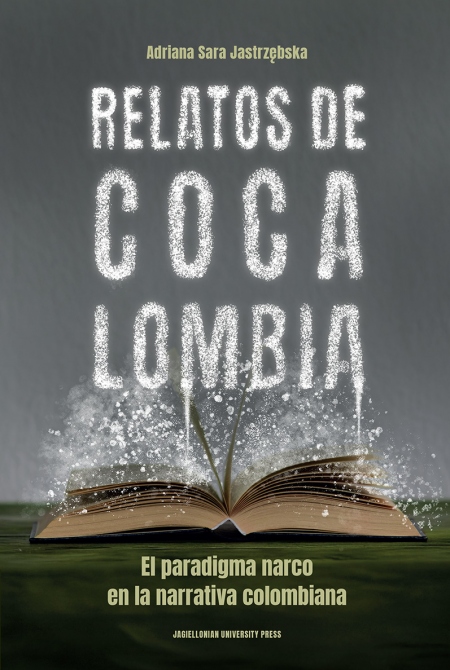
Organizational Structures of Political Parties in Central and Eastern European Countries
Redakcja: Piotr Borowiec, Katarzyna Sobolewska-Myślik, Beata Kosowska-Gąstoł
Liczba stron: 490
Format: B5
Rok wydania: 2016
Data premiery: 12.01.2017
Opis książki
Our specific aim was to paint the widest possible picture of the organizational structures of the most relevant parties in Central and Eastern Europe, and to provide a basis for further comparison between them and their Western European counterparts. We focused specifically on the formal aspects of organizational structures of political parties in CEE, as reflected in their statutory rules.
In order to implement our project, we asked scholars from the region to prepare papers on the organizational structures of parliamentary parties in their respective countries, based on the formal statutes of those parties, as well as on the laws that govern their operation. The choice of countries included in the project was based on two inclusive criteria: geographic location, i.e. the countries of Central and Eastern Europe; and political history, i.e. post-communist countries, regardless of whether or not they are democratic. These are: Albania, Belarusa, Bosnia and Herzegovina, Bulgaria, Croatia, Czech Republic, Estonia, Hungary, Kosovo, Latvia, Lithuania, Moldova, Montenegro, Poland, Romania, Russia, Serbia, Slovakia, Slovenia, and Ukraine.
The Editors
In order to implement our project, we asked scholars from the region to prepare papers on the organizational structures of parliamentary parties in their respective countries, based on the formal statutes of those parties, as well as on the laws that govern their operation. The choice of countries included in the project was based on two inclusive criteria: geographic location, i.e. the countries of Central and Eastern Europe; and political history, i.e. post-communist countries, regardless of whether or not they are democratic. These are: Albania, Belarusa, Bosnia and Herzegovina, Bulgaria, Croatia, Czech Republic, Estonia, Hungary, Kosovo, Latvia, Lithuania, Moldova, Montenegro, Poland, Romania, Russia, Serbia, Slovakia, Slovenia, and Ukraine.
The Editors
Język publikacji
Angielski/English
ISBN: 978-83-233-4174-1
Kraj pochodzenia producenta: Polska
POLECANE KSIĄŻKI
75,00
zł
60,00
zł
NOWOŚCI

Organizational Structures of Political Parties in Central and Eastern European Countries
Organizational Structures of Political Parties in Central and Eastern European Countries
Wybierz rozdziały:
Wartość zamówienia:
0.00 zł

